Creating dynamic and captivating presentations has become an essential skill in today’s digital age. Whether you’re a student, professional, or entrepreneur, knowing how to make interactive and elegant presentations can make a significant impact on your audience. In this article, we will explore the secrets of crafting visually stunning presentations using two popular tools, Microsoft PowerPoint and Canva.
The Importance of Visual Appeal in Presentations
When it comes to presentations, visual appeal plays a crucial role in capturing and maintaining your audience’s attention. A visually appealing presentation not only enhances comprehension but also leaves a lasting impression on your viewers. By incorporating interactive and elegant elements into your slides, you can make your presentation more engaging, memorable, and effective.
Overview of Microsoft PowerPoint and Canva
Microsoft PowerPoint is a tried-and-tested software that offers a wide range of features for creating powerful presentations. With its intuitive interface and extensive design options, you can easily incorporate interactive elements, such as animations, transitions, and multimedia files, to engage your viewers. PowerPoint provides a robust platform for creating professional presentations and has been widely used in various industries for decades.
On the other hand, Canva is a versatile graphic design platform that provides a user-friendly experience for both beginners and professionals. Its drag-and-drop functionality and vast library of customizable templates enable you to design visually appealing slides effortlessly. Canva’s intuitive interface and extensive design options make it an excellent choice for those looking to create stunning presentations without the need for advanced design skills.
Choosing the Right Template for Your Presentation
The first step in creating an interactive and elegant presentation is selecting the right template. Both Microsoft PowerPoint and Canva offer a wide range of templates to choose from, catering to different themes, styles, and purposes. When selecting a template, consider the tone and message of your presentation, as well as the preferences of your target audience.
In PowerPoint, you can browse through the built-in template library or explore third-party websites for more options. Look for templates that align with your presentation’s theme and purpose. Consider the layout, color scheme, and typography of the template, ensuring that they complement your content and enhance its visual appeal.
Similarly, Canva provides a vast collection of customizable templates specifically designed for presentations. You can search for templates based on categories, such as business, education, or creative. Once you find a template that resonates with your presentation’s theme, you can personalize it by changing colors, fonts, and images to reflect your unique style and branding.
Adding Interactive Elements to Your PowerPoint Presentation
One of the key features of PowerPoint is its ability to incorporate interactive elements into your slides. By leveraging these interactive elements, you can enhance the engagement and interactivity of your presentation. Here are some ways you can add interactivity to your PowerPoint presentation:
- Hyperlinks: Hyperlinks allow you to link to external websites, files, or other slides within your presentation. By incorporating hyperlinks, you can create a seamless navigation experience for your viewers, allowing them to explore additional resources or jump to specific sections of your presentation.
- Buttons: Buttons can be used to create interactive menus or navigation systems within your presentation. By assigning actions to buttons, such as linking to specific slides or triggering animations, you can provide a more interactive and intuitive user experience.
- Interactive Quizzes or Polls: PowerPoint also allows you to create interactive quizzes or polls within your presentation. By using features like radio buttons or checkboxes, you can engage your audience by asking questions or collecting feedback in real-time.
Enhancing Your Presentation with Animations and Transitions
Animations and transitions are powerful tools that can greatly enhance the visual appeal and overall impact of your presentation. They help create a smooth and engaging flow between slides, making your presentation more dynamic and captivating. Here are some tips for using animations and transitions effectively:
- Subtle Animations: Use animations sparingly and opt for subtle effects that enhance the message or highlight important elements. Avoid overwhelming your audience with excessive animations that may distract from the content.
- Transitions: Choose transitions that complement the tone and style of your presentation. Smooth transitions like fades or dissolves can create a seamless flow between slides, while more energetic transitions like flips or spins can add a touch of excitement to your presentation.
- Timing: Pay attention to the timing of your animations and transitions. Ensure that they align with your speech or narration, allowing for a natural and synchronized experience for your viewers.
Design Tips for Creating an Elegant Presentation in Canva
Canva provides a wide range of design tools and features that can help you create visually stunning and elegant presentations. Here are some design tips to consider when using Canva:
- Consistency: Maintain a consistent design throughout your presentation by using the same color scheme, fonts, and graphic elements. Consistency helps create a cohesive and professional look, making your presentation visually appealing and easy to follow.
- Whitespace: Utilize whitespace effectively to create a clean and uncluttered design. Whitespace helps draw attention to important elements and improves readability, making your presentation more elegant and visually pleasing.
- High-Quality Images: Incorporate high-quality images that are relevant to your content. Avoid using low-resolution or pixelated images as they can detract from the overall visual appeal of your presentation.
Incorporating Multimedia Elements into Your Presentation
Multimedia elements, such as images, videos, and audio, can greatly enhance the impact and engagement of your presentation. Both PowerPoint and Canva allow you to incorporate these elements seamlessly. Here are some tips for incorporating multimedia elements effectively:
- Images: Use relevant and high-quality images to support your content and enhance visual appeal. Ensure that the images are properly resized and optimized to prevent distortion or pixelation.
- Videos: Embed videos within your presentation to provide additional context or demonstrate concepts. Make sure the videos are concise and relevant to avoid overwhelming your audience.
- Audio: If appropriate, include audio elements, such as background music or narration, to complement your presentation. Ensure that the audio is clear and properly synchronized with your slides.
Presenting with Confidence and Engaging Your Audience
Creating an interactive and elegant presentation is only half the battle. To truly captivate your audience, you must present with confidence and engage them throughout the delivery. Here are some tips for presenting with confidence:
- Practice: Rehearse your presentation multiple times to familiarize yourself with the content and flow. Practice will help build your confidence and ensure a smooth delivery.
- Visual Aids: Use your interactive and elegant slides as visual aids to support your speech. Incorporate relevant visuals, charts, or graphs to reinforce key points.
- Engage with the Audience: Encourage audience participation by asking questions, conducting polls, or facilitating discussions. Engaging with your audience creates a more interactive and memorable experience.
Conclusion and Final Tips for Creating Interactive and Elegant Presentations
In conclusion, creating interactive and elegant presentations is a skill that can greatly impact your audience’s engagement and comprehension. Whether you choose to use Microsoft PowerPoint or Canva, both tools offer a variety of features and design options to help you craft visually stunning presentations. By incorporating interactive elements, animations, transitions, and multimedia elements, you can create a captivating presentation that leaves a lasting impression on your viewers. Remember to present with confidence and engage your audience throughout the delivery to maximize the impact of your presentation.
As a final tip, always consider the preferences and expectations of your target audience when designing your presentation. Tailor your content and visuals to resonate with them, ensuring that your presentation is not only interactive and elegant but also relevant and impactful. With practice and attention to detail, you can become a master of creating presentations that captivate and inspire. So go ahead, embrace the power of interactive and elegant presentations, and make a lasting impression on your audience.
Sample Outline
Sample outlines for making an interactive and elegant presentation on PC hardware using Microsoft PowerPoint and Canva.
Creating an interactive and elegant presentation on PC hardware in Microsoft PowerPoint and Canva requires thoughtful planning and organization. Below are sample outlines that you can use as a starting point. Feel free to customize them based on your specific content and preferences.
Microsoft PowerPoint Outline:
Slide 1: Title Slide
- Title: “Exploring PC Hardware: A Comprehensive Guide”
- Subtitle: “Unveiling the Components that Power Your Computer”
- Your Name and Date
Slide 2: Introduction
- Brief overview of the importance of understanding PC hardware
- Engaging image of a computer setup
Slide 3: Agenda
- Overview of the presentation structure
Slide 4: Why PC Hardware Matters
- Importance of choosing the right hardware
- Impact on performance and user experience
Slide 5-10: Main Components
- Processor (CPU)
- Explanation of the CPU’s role
- Visual representation and specifications
- Memory (RAM)
- Functionality and significance
- How to choose the right RAM for your needs
- Storage (HDD, SSD)
- Difference between HDD and SSD
- Advantages and disadvantages of each
- Motherboard
- Overview of the motherboard’s role
- Key features and considerations
- Graphics Card (GPU)
- Importance for gaming and graphics-intensive tasks
- Types of GPUs and their specifications
Slide 11-15: Peripheral Devices
- Input Devices
- Keyboards, mice, and other input devices
- Trends and innovations
- Output Devices
- Monitors, printers, and audio devices
- Recent advancements
Slide 16-20: Connectivity and Ports
- USB, HDMI, Thunderbolt, etc.
- Importance of connectivity options
- Common ports and their uses
Slide 21-25: Maintenance and Upgrades
- Tips for maintaining PC hardware
- Guidance on upgrading components
- Visuals of the upgrade process
Slide 26-30: Future Trends
- Emerging technologies in PC hardware
- Speculations on the future of computing
Slide 31: Q&A
- Invite the audience to ask questions
Slide 32: Conclusion
- Recap of key points
- Thanking the audience for their time
Canva Presentation Outline:
Page 1: Cover
- Title: “Unlocking the Power: A Journey into PC Hardware”
- Subtitle: “An Interactive Exploration of Components”
- Engaging imagery or illustrations
Page 2: Introduction
- Brief introduction to the importance of understanding PC hardware
- Stylish design elements to capture attention
Page 3: Agenda
- Visually appealing layout of the presentation structure
Page 4: Why PC Hardware Matters
- Infographics highlighting the impact on performance
- Engaging visuals to emphasize key points
Page 5-10: Main Components
- Processor (CPU)
- Interactive elements showcasing CPU architecture
- Animated graphics to explain functionality
- Memory (RAM)
- Stylish layout illustrating different RAM types
- Icons representing the RAM’s role in multitasking
- Storage (HDD, SSD)
- Creative visuals comparing HDD and SSD
- Dynamic charts displaying speed and storage capacity
- Motherboard
- Artistic representation of a motherboard layout
- Elegant design elements highlighting key features
- Graphics Card (GPU)
- Striking visuals of GPUs
- Animated transitions to showcase graphics performance
Page 11-15: Peripheral Devices
- Input Devices
- Stylish icons representing input devices
- Creative layout showcasing the evolution of input technology
- Output Devices
- Modern design elements highlighting output devices
- Infographics illustrating the advancements in display technology
Page 16-20: Connectivity and Ports
- Trendy graphics showcasing various ports
- Stylish layout of connectivity options
Page 21-25: Maintenance and Upgrades
- Infographics with tips for maintenance
- Dynamic visuals demonstrating the upgrade process
Page 26-30: Future Trends
- Futuristic design elements representing emerging technologies
- Animated graphics indicating the future of PC hardware
Page 31: Q&A
- Interactive elements encouraging questions from the audience
Page 32: Conclusion
- Visual recap of key points
- Expressing gratitude to the audience
Remember to use a consistent theme, color palette, and font throughout your presentation for a polished and professional look. Additionally, consider incorporating interactive elements, such as clickable buttons or transitions, to enhance the overall user experience.
See also
Learn more: https://spca.education/canva-is-an-educational-and-personal-branding-tool/
-
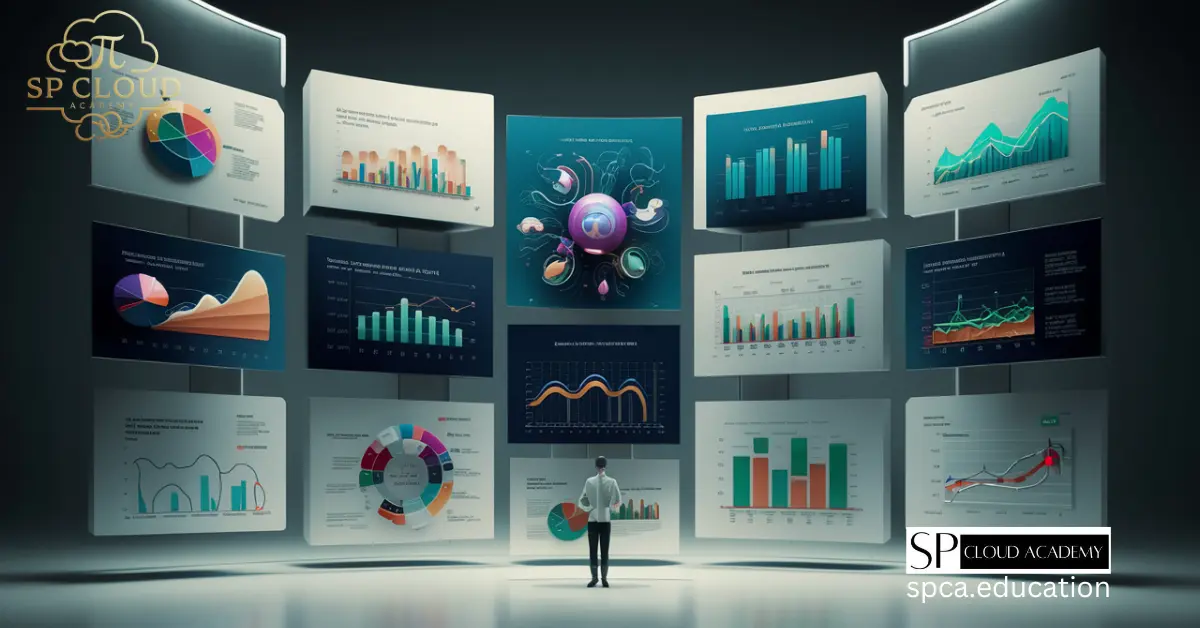
10 Game-Changing AI Tools to Create Presentations That Wow Your Audience
-
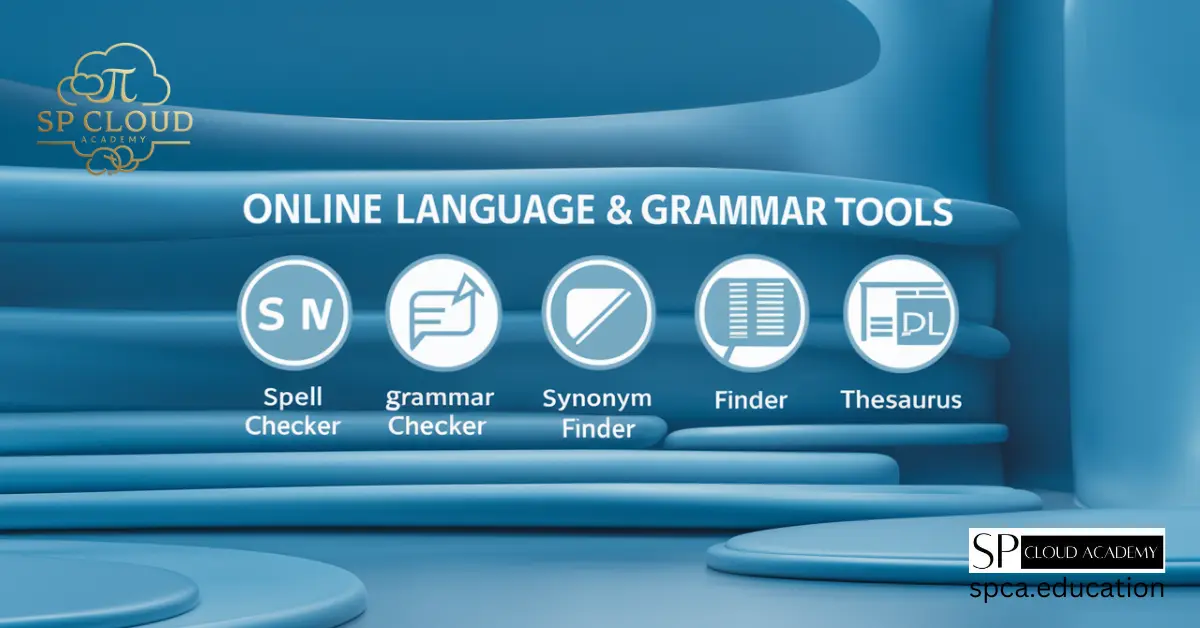
Master Your Writing: The Top Online Language and Grammar Tools You Need
-
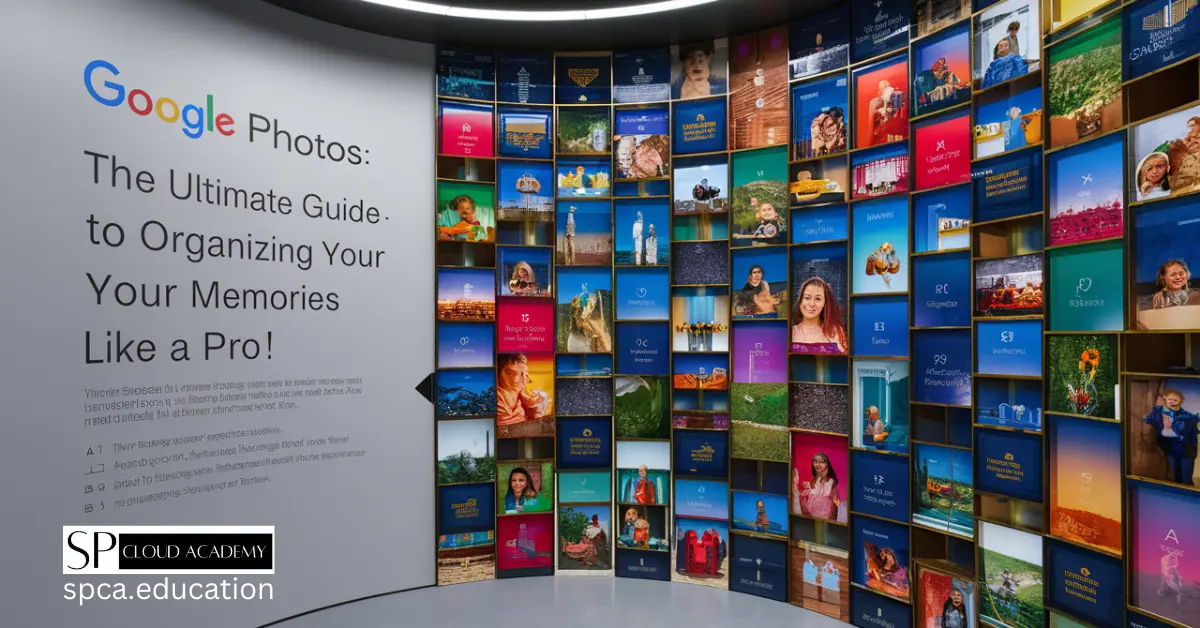
Google Photos: The Ultimate Guide to Organizing Your Memories Like a Pro!
-
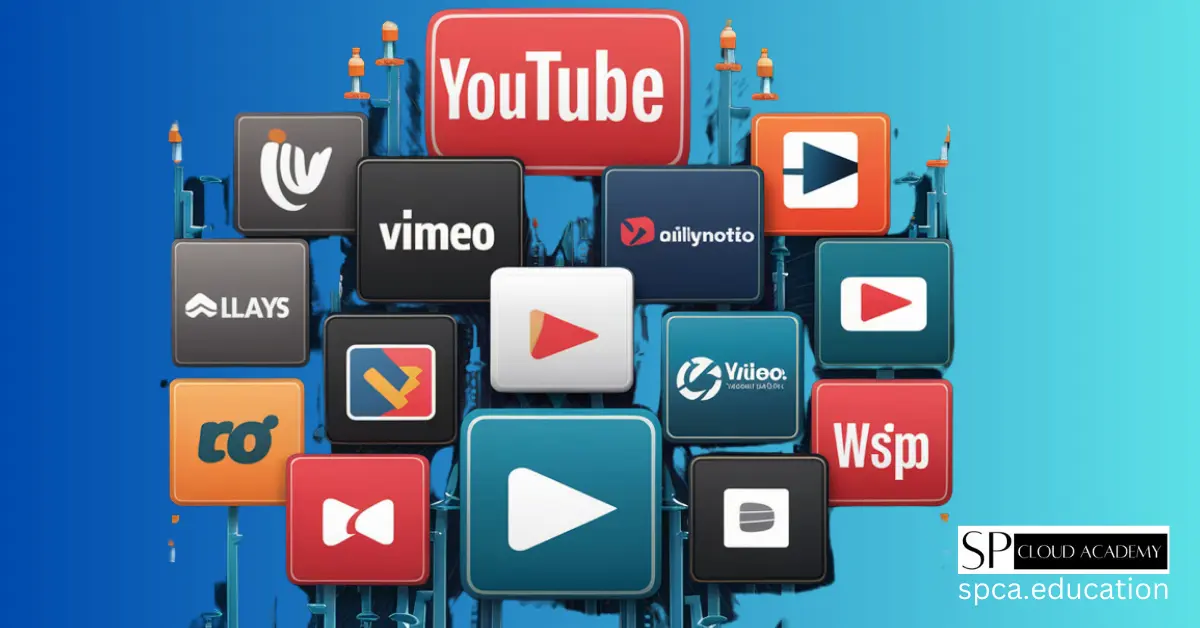
Choosing the Right Video Hosting Platform: A Game-Changer for Content Creators
-
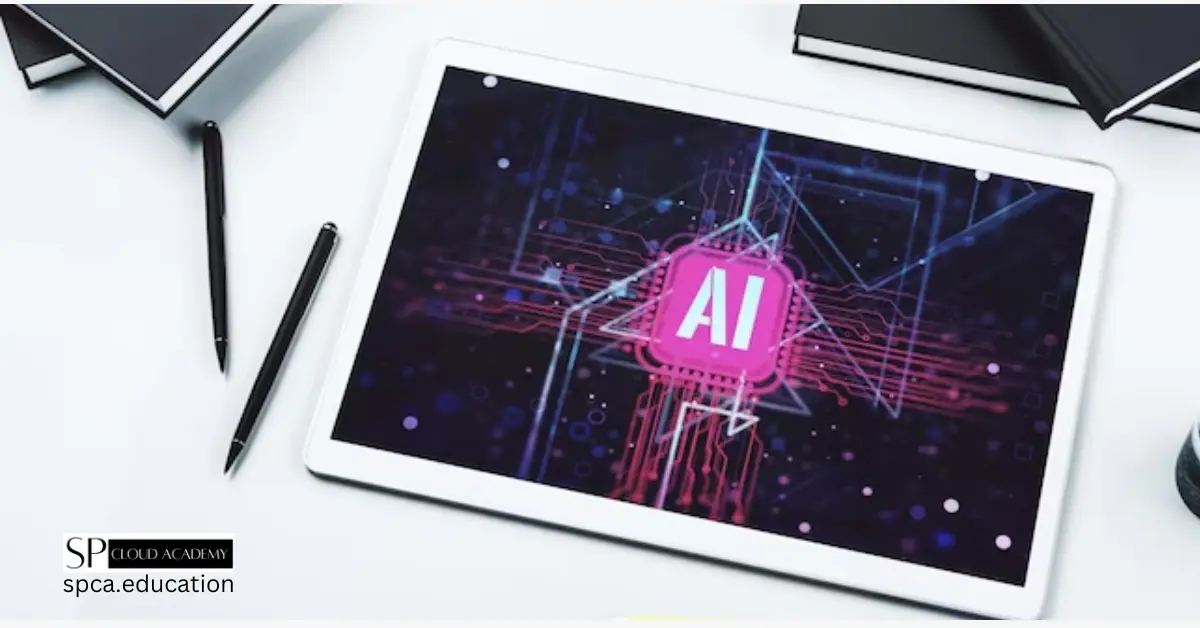
Learning Materials Development With AI
-

How to Make Interactive and Elegant Presentations in Microsoft PowerPoint and Canva